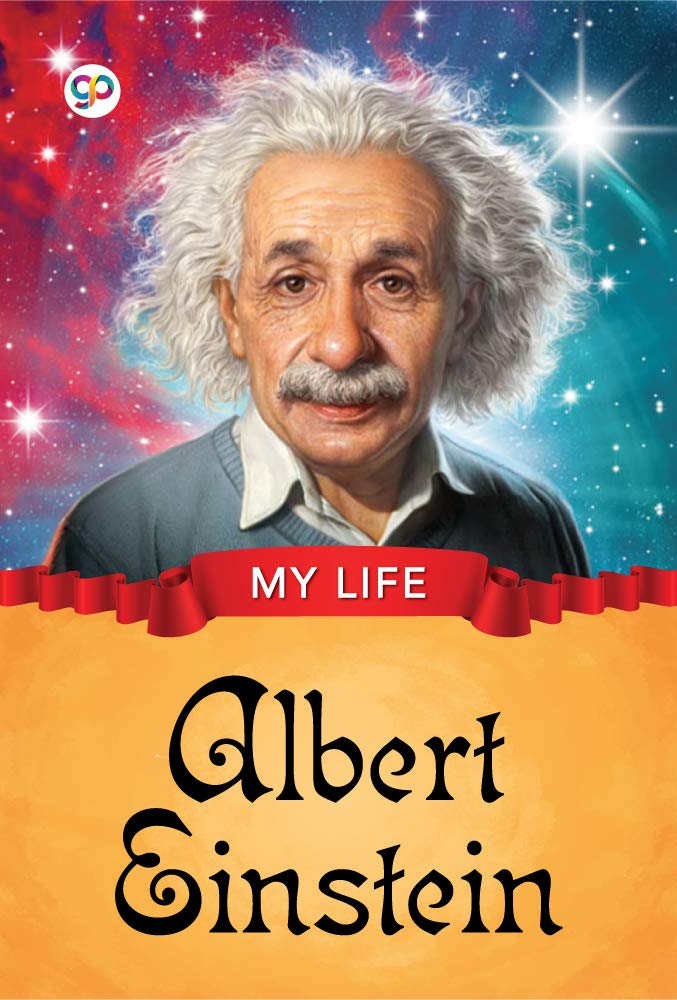
51 Must Know Facts About Brain
The human brain is extraordinary. It is the body’s control centre. We must know how neurons work, how the brain develops, how it controls movement and perceives the senses, what happens during sleep, and how language, learning, and memory are developed. Technology is finally unlocking the secrets of the brain. It is explaining why we behave the way we do. It is helping experts develop new methods and machines to boost our brain power and it is revealing the unique capabilities we all have inside our heads. The human brain is the command centre for the human nervous system. It receives signals from the body's sensory organs and outputs information to the muscles. The human brain has the same basic structure as other mammal brains but is larger in relation to body size than any other brains. There are about 100 billion tiny cells in your brain called ‘neurons’. There are so many that it would take you over 3,000 years to count them all. Around 77% of your brain is just water and it stops growing when you are around 25, but that doesn’t mean that you have reached your intellectual peak. The adult human brain weighs about 3 pounds (1,350g). It is about 2% of the total body weight and it is the last part of your body to die. Lively and information-packed, ‘51 Must Know Facts about Brain’ is a must read for you to know each and every important fact about the brain.
BEST DEALS
About the Author
Read Sample
FACT 1
The brain is not only the most complex organ in the human body; it is the most complex structure in the known universe. As part of the nervous system, the brain coordinates with all of the body’s functions.
FACT 2
The brain is comprised of four main regions—the cerebrum, the cerebellum, the brainstem and the diencephalon. Each one controls specific tasks. They work in sync to ensure that the bodily functions are fully operational.
FACT 3
The largest section is the cerebrum and it makes up over ¾ of the brain’s volume. It consists of neurons and nerve fibers that transmit information from the neurons throughout the brain and the body. The cerebrum controls the higher functions such as learning, reasoning and speech, plus senses like sight and hearing.
FACT 4
Under the cerebrum, is the second largest part of the brain called the cerebellum. Much like the cerebrum, the cerebellum has nerve cells and nerve fibers. It carries signals to the other parts of the brain and the spinal cord. The cerebellum is responsible for carrying muscle movements; particularly those that help maintain the body’s balance and posture.
FACT 5
The third region of the brain is the brainstem. It lies in front of the cerebellum and anchors the brain to the spinal cord. The brainstem is the collection of structures that include the pons—a massive nerve fibers that carries sensory information, the midbrain—region of fibers and structures that help control movement along with auditory and visual processing and the medulla oblongata—which creates motor and sensory pathways between the midbrain, the pons and the spinal cord. Altogether, the parts of the brainstem control the vital bodily functions, such as cardiac activity, respiration, digestion and sleep.
FACT 6
The fourth region is located above the brainstem and makes up the core of the brain—the diencephalon. About the size of an apricot, the diencephalon is a grouping of several structures—the thalamus, which processes and transmit information from all senses except smell, and the hypothalamus and pituitary glands, which work together to produce and regulate neurochemicals. These structures help govern sensations, weight regulation, energy and instinctual behaviours.
FACT 7
The brain has even evolved mechanisms to protect itself. One such mechanism is the blood-brain barrier, a semipermeable, cellular wall, that only allows specific chemicals to enter from the body’s bloodstream into the brain. Despite this protection, tumours and other complications can lead to life threatening problems and diseases in the brain, such as dementia. Thankfully, scientists have found ways to improve brain health. Staying physically active and eating a balanced diet may preserve cognitive functions and even reduce the risk of developing alzimiers.
FACT 8
The brain floats in a bath of a clear liquid called cerebral spinal fluid, which acts as a shock absorber. The brain produces half the cup of this fluid everyday!
FACT 9
The brain is surrounded by twenty-two bones, which make up the cranium—the fancy science word for the skull. The skull forms a tough and rigid protective covering around the brain.
FACT 10
Scientific research has shown that the human brain starts remembering things from the womb. The foetus’ brain development commences an extraordinary journey from the moment of conception, that results in a highly developed brain.
FACT 11
There are about 100 billion tiny cells in our brains called ‘neurons’. There are so many that it would take you over 3,000 years to count them all. Neurons develop at the rate of two hundred and fifty thousand per minute during the first trimester of pregnancy. A small piece of brain tissue, approximately 2mm in length, which is about the size of a grain of sand, contains approximately one hundred thousand neurons as well as one billion synapses.

![Cleansing Therapy: Cure Yourself [Print Replica]](https://free-ebooks.info/public/books/B07TSWZW5D.jpg)










